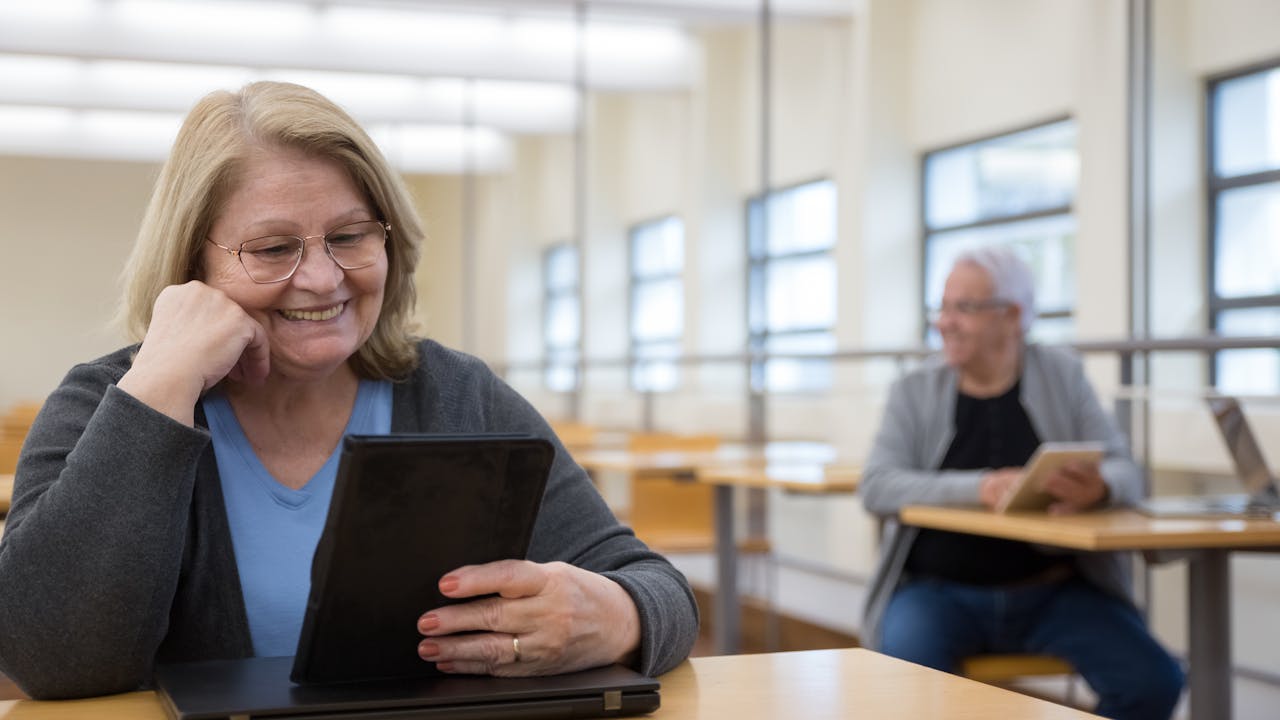Empowering Minds in the Digital Age
Media literacy stands as a beacon of critical understanding in the modern world, equipping individuals with the skills and awareness to navigate the vast and complex landscape of media. From traditional news outlets to social media platforms, media literacy encompasses the ability to access, analyze, evaluate, and create media content in a responsible and informed manner. In this exploration of media literacy, we delve into its fundamental concepts, pedagogical approaches, and real-world applications, uncovering its profound significance in shaping informed citizens and promoting democratic participation.
Understanding the Foundations of Media Literacy
At its core, media literacy involves the ability to critically evaluate media messages, understand their purpose and impact, and make informed decisions about media consumption and production. It encompasses a wide range of skills, including critical thinking, information literacy, digital literacy, and visual literacy. Through media literacy education, individuals learn to analyze media content for bias, misinformation, and propaganda, and develop the skills to navigate the complexities of the digital media landscape. Media literacy also promotes awareness of the social, cultural, and ethical dimensions of media, encouraging individuals to become active and engaged participants in the media ecosystem.
Navigating the Media Literacy Curriculum
The media literacy curriculum covers a broad spectrum of topics, ranging from media analysis and interpretation to media production and citizenship. Students learn about the different forms of media, such as print, broadcast, and digital media, and explore the techniques and strategies used to create and distribute media messages. They also study media literacy concepts, such as media ownership, representation, framing, and audience engagement, gaining insight into the ways in which media shapes our perceptions of the world. Media literacy education also incorporates hands-on learning experiences, such as media production projects, digital storytelling, and media advocacy campaigns, allowing students to apply their knowledge and skills in real-world contexts.
Fostering Critical Thinking and Inquiry
One of the primary goals of media literacy education is to foster critical thinking skills and inquiry-based learning. Students learn to ask questions, challenge assumptions, and evaluate evidence in media messages. Through media analysis activities, such as deconstructing advertisements, examining news coverage, and dissecting social media posts, students develop the ability to identify bias, detect misinformation, and recognize persuasive techniques used in media. Media literacy education also encourages students to become active participants in the media ecosystem, engaging in media production, distribution, and advocacy to promote social change and civic engagement.
Promoting Digital Citizenship and Ethical Media Use
In an era of digital media saturation and online misinformation, media literacy education plays a crucial role in promoting digital citizenship and ethical media use. Students learn about their rights and responsibilities as media consumers and creators, such as respecting copyright laws, protecting personal privacy, and engaging in constructive online dialogue. They also explore issues related to digital identity, online safety, and digital footprints, gaining insight into the ways in which digital media can impact their lives and communities. Media literacy education equips students with the knowledge and skills to navigate the digital media landscape responsibly, critically evaluate online information, and contribute to a more informed and ethical media culture.
Embracing Technological Innovation
In the rapidly evolving field of digital media, media literacy education is embracing technological innovation to enhance teaching and learning experiences. Educators are leveraging digital tools and platforms, such as multimedia presentations, interactive websites, and social media platforms, to engage students in media analysis and production activities. Media literacy education also incorporates digital storytelling, video production, and social media campaigns, providing students with opportunities to create and share their own media content and participate in online communities. By embracing technological innovation, media literacy education is becoming more accessible, inclusive, and engaging for students of all backgrounds.
Challenges and Opportunities
Despite its importance, media literacy education faces a range of challenges, including the proliferation of misinformation, the rise of digital media manipulation, and the spread of online hate speech and extremism. Additionally, there is a lack of standardized media literacy curricula and teacher training programs, limiting the effectiveness of media literacy education in schools and communities. However, these challenges also present opportunities for innovation and reform. Educators, policymakers, and media organizations are working together to develop comprehensive media literacy programs, integrate media literacy into existing curriculum standards, and provide teachers with the training and resources they need to teach media literacy effectively. By prioritizing media literacy education and investing in research, curriculum development, and teacher professional development, we can ensure that all individuals have the knowledge, skills, and values necessary to navigate the digital media landscape responsibly and participate actively in a democratic society.
Empowering Informed Citizens
In conclusion, media literacy education is essential for empowering individuals with the knowledge, skills, and values necessary to navigate the complexities of the digital media landscape and participate actively in a democratic society. By fostering critical thinking, digital citizenship, and ethical media use, media literacy education prepares individuals to engage critically with media messages, evaluate online information, and contribute to a more informed and responsible media culture. As we continue to navigate the ever-changing landscape of digital media, it is essential to prioritize media literacy education and ensure that all individuals have access to high-quality, equitable, and inclusive learning opportunities that empower them to become informed and engaged citizens.




